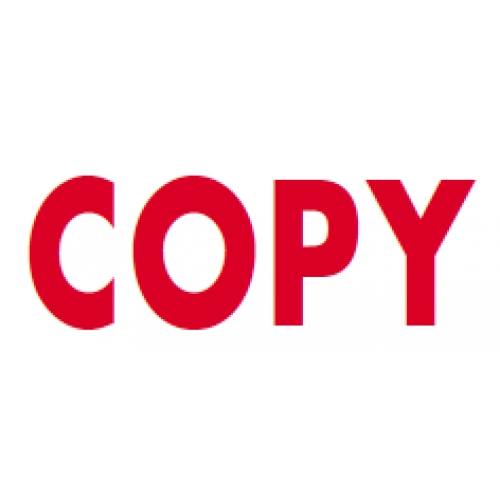

Printing on 80gsm A4 Non-recycled White Cartridge Paper, per Sheet, Black and White Scanning 200ppi per 10 Sheets up to 21.6 x 91cm Small Ceramics and Small Sculpture PhotographyĪdvanced Editing per Set of Photos/ Composition Including Addition of Background Scanning 600ppi per 1 Photo Larger than A4 Width to A3 (Both Sides where Appropriate)īasic Photo Editing of Photos Larger than A4 Width to A3 per Photo (includes printing working proofs for our own use)* Scanning 300ppi per 1 Photo Larger than A4 Width to A3 (Both Sides where Appropriate) Scanning 600ppi per 12 Photos up to 21x91cm (A4 Width, Both Sides where Appropriate). Scanning 300ppi per 12 Photos up to 21x91cm (A4 Width, Both Sides where Appropriate). Scanning 2400ppi per 1 5 x 4 inch Negativeīasic Film Editing per Scan (above)(includes working proofs for our own use)* Scanning 1600ppi per 1 5 x 4 inch Negative Scanning 2400ppi per 3 120/220 Negative Frames (up to 6 x 20 cm each) Scanning 1600ppi per 3 120/220 Negative Frames (up to 6 x 20 cm each) Scanning 2400ppi per 12 or parts of 12 35mm Negative Frames (in 4 or 6 Frame Strips)

Scanning 1600ppi per 12 or parts of 12 35mm Negative Frames (in 4 or 6 Frame Strips) Scanning 2400ppi per 12 or Parts of 12 35mm Mounted Slides Scanning 1600ppi per 12 or Parts of 12 35mm Mounted Slides Scanning 300ppi (Normal Resolution) per 25 Leaves (50 Sides) or Parts of 25 Leaves, above A4 to A3 and Editing Scanning 300ppi (Normal Resolution) per 25 Leaves (50 Sides) or Parts of 25 Leaves, A4 or Smaller and Editing Scanning 600ppi (High Resolution) per A2 Artwork (above A3 to A2)īasic Editing per Artwork (includes printing working proofs for our own use)* Scanning 300ppi (Normal Resolution) per A2 Artwork (above A3 to A2) Scanning 600ppi (High Resolution) per A3 Artwork (above A4 to A3) Scanning 300ppi (Normal Resolution) per A3 Artwork (above A4 to A3) Scanning 600ppi (High Resolution) per A4 Artwork (A4 or Smaller) Scanning 300ppi (Normal Resolution) per A4 Artwork (A4 or Smaller) To pay online, please go to the payment page here. Whitman, cofounder with Robert Rauschenberg and others of Experiments in Art and Technology (E.A.T.), demonstrated a particular fondness for the Xerox 6500 model and its wild then-new capability: color! And the 500-member ISCA, for their part, gave the whole enterprise an air of legitimacy through lectures, shows, and workshops.Price list correct as of May 2023. Schiff too made use of found bits and bobs, introducing mid-copy movement and lighting to achieve painting-like results. Meneeley rifled through the trash at IBM to salvage bits of tape and card, which he arranged into abstract compositions directly on the copier’s glass. Excited by the photocopier’s neat fusion of camera and printer-and by its ready availability in copy shops and workplaces-they’ve produced a body of work that’s at once ephemeral and surprisingly printerly, testing notions of value and originality via a consistently playful strand of formal experiment.Įxperiments in Electrostatics: Photocopy Art from the Whitney’s Collection, 1966–1986 at the Whitney explores the oft-overlooked medium through the work of three artists-Edward Meneeley, Lesley Schiff, and Robert Whitman-and the grandly named International Society of Copier Artists (ISCA). Yet from the moment of its public introduction in the 1960s ( the invention itself dates to 1937) through the rise of personal computing in the late ’80s, artists have found ways to exploit its distinctively gauzy, gritty interpretation of texture and tone. It may have played a key role in the ethos and aesthetic of punk’s fanzine culture, but the humble photocopier isn’t generally thought of as a tool for serious art making squatting on the office Xerox machine after a drunken holiday party is the closest most people get to subverting the ubiquitous gizmo’s intended function.


 0 kommentar(er)
0 kommentar(er)
